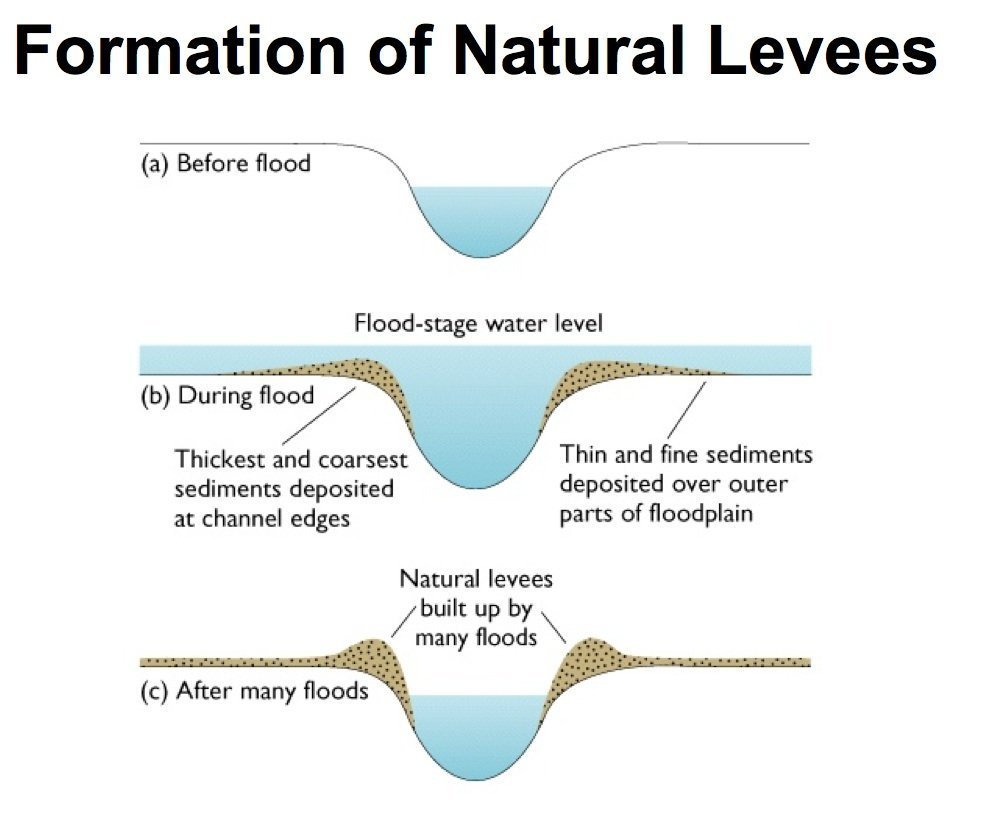

Rivers can also form what is called an estuary, where salty seawater mixes with fresh water near the river mouth to form “ brackish water.” The Hudson River in New York, U.S., is an example of an estuary where brackish water extends more than 241 kilometers (150 miles) upstream.įast-flowing rivers carry pebbles, sand, and silt. Collectively, scientists estimate that all the rivers in the world carry about 3.6 billion metric tons (four billion tons) of salt from land to the ocean each year.

For this reason, some of the most biodiverse habitats on our planet can be found around rivers. However, rivers still carry and distribute important salts and nutrients to support plant and animal life. The water that flows in rivers is fresh, meaning that it contains less than one percent salt. Along the way, rivers may pass through wetlands where plants slow down the water and filter out pollutants. The other end of a river is called its mouth, where water empties into a larger body of water, such as a lake or ocean. The headwater can come from rainfall or snowmelt in mountains, but it can also bubble up from groundwater or form at the edge of a lake or large pond. The erosional power of rivers can form geologic wonders like the Grand Canyon.Īll rivers have a starting point where water begins its flow. The largest rivers can be thousands of miles long. Some rivers flow year-round, while others flow only during certain seasons or when there has been a lot of rain.

A flowing body of water that is smaller than a river is called a stream, creek, or brook. A river can be wide and deep, or shallow enough for a person to wade across. A river is a ribbon-like body of water that flows downhill from the force of gravity.


 0 kommentar(er)
0 kommentar(er)
